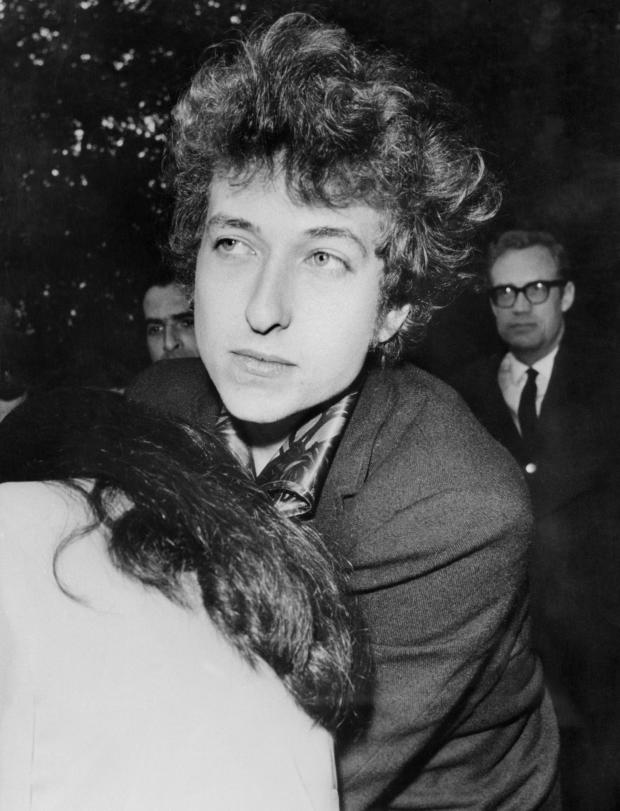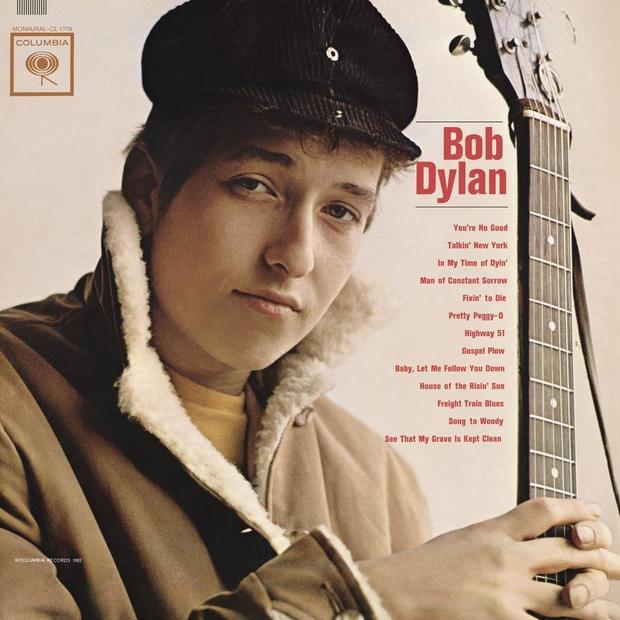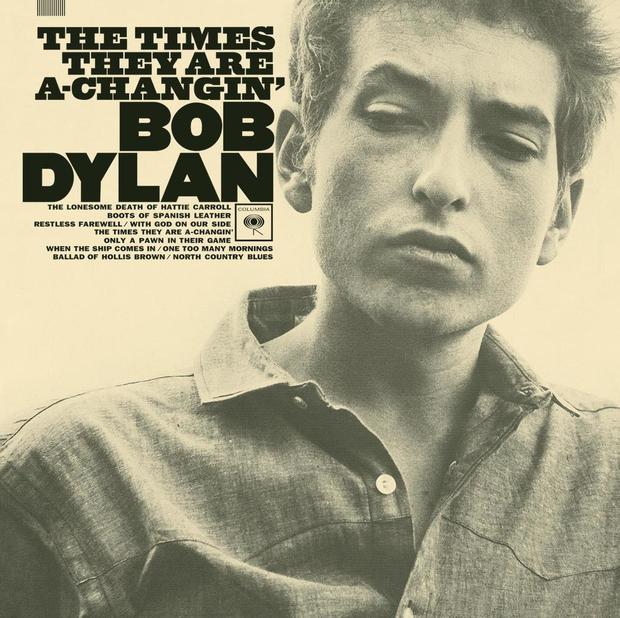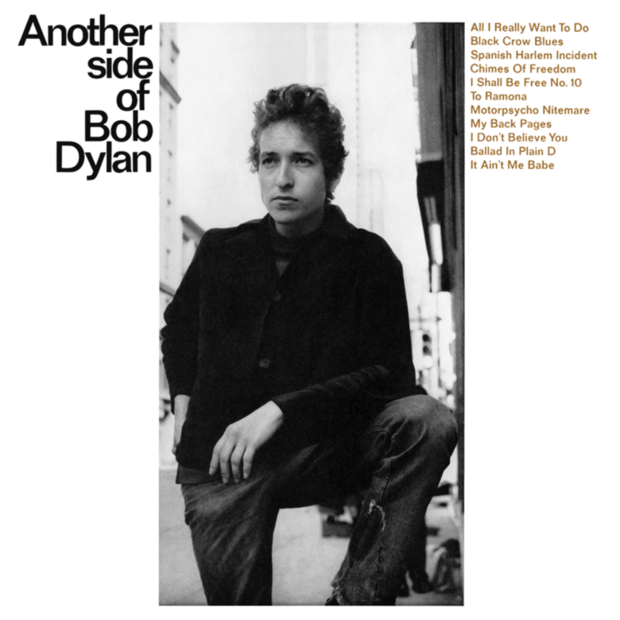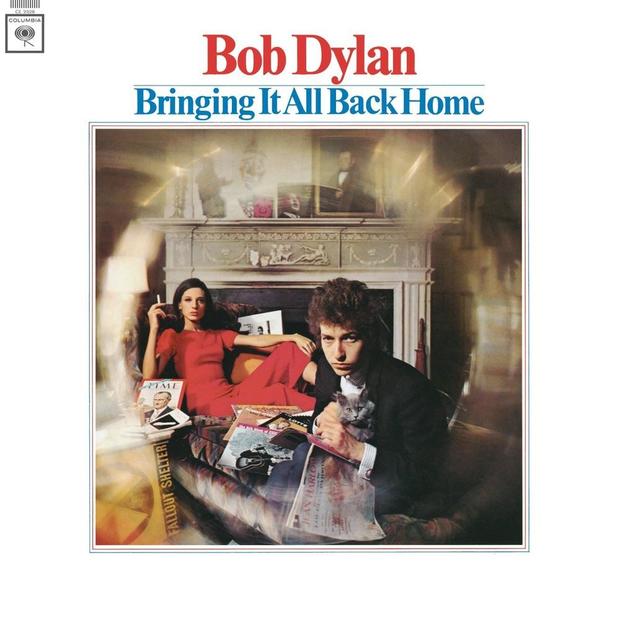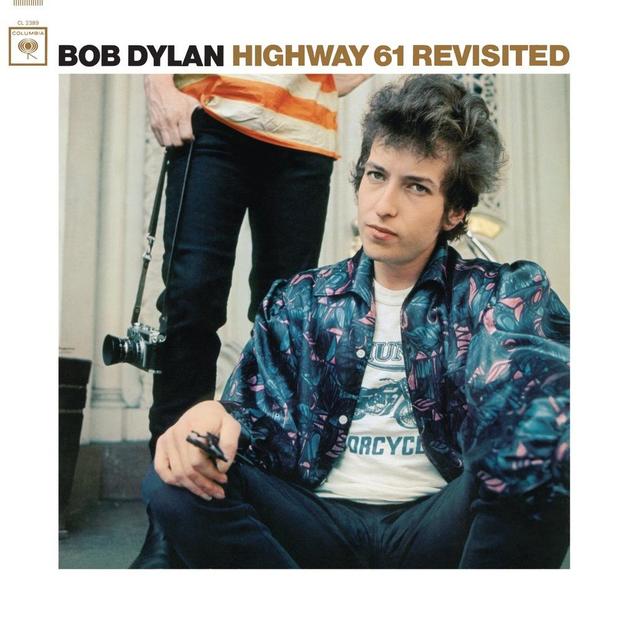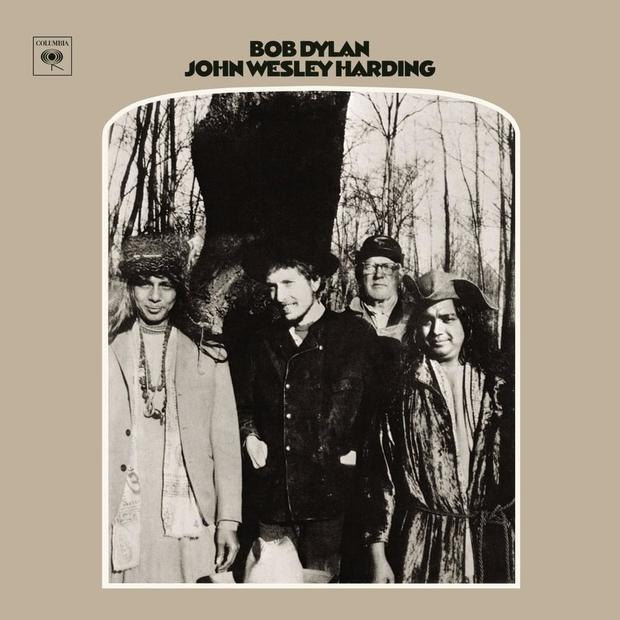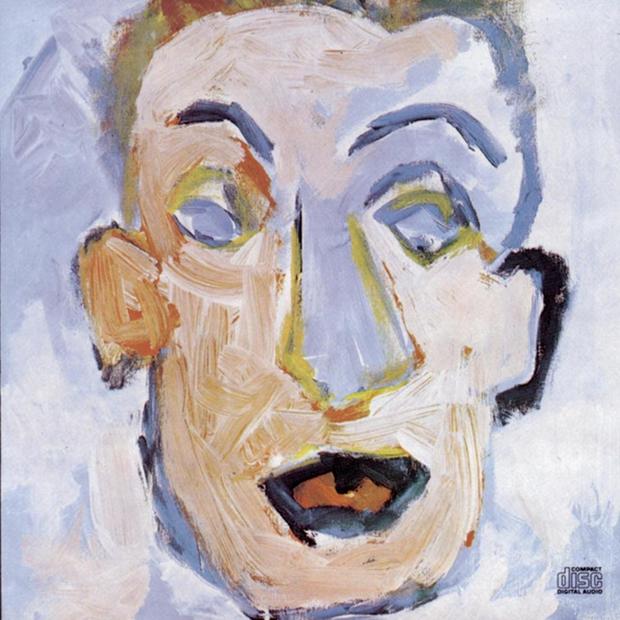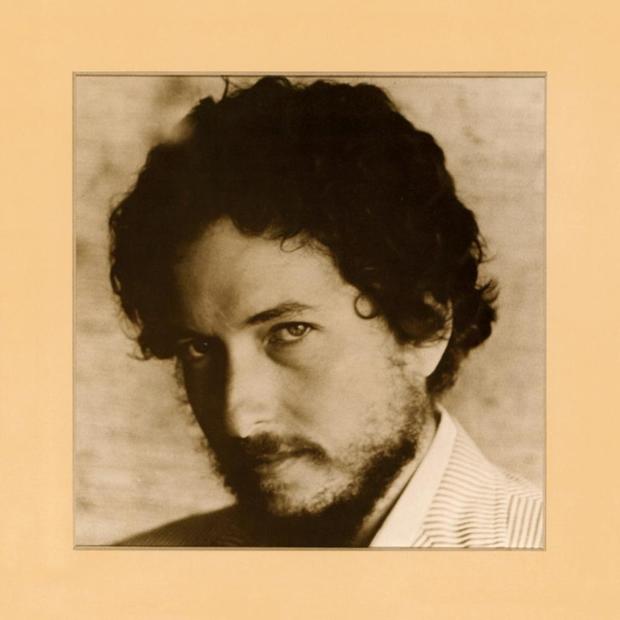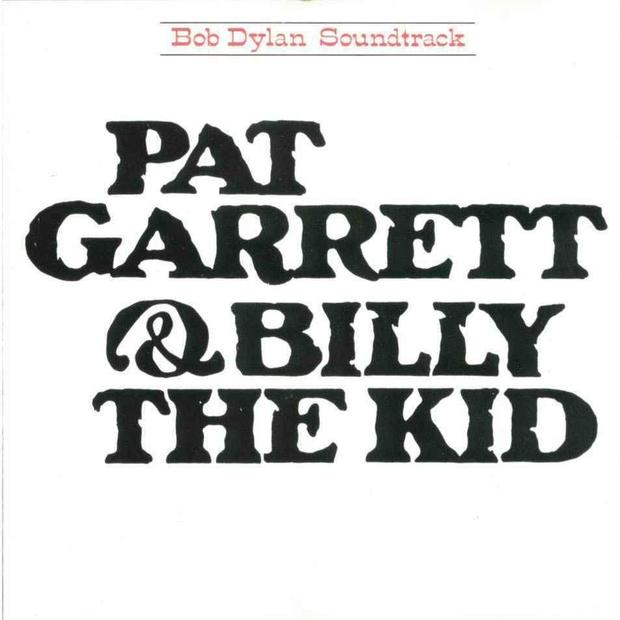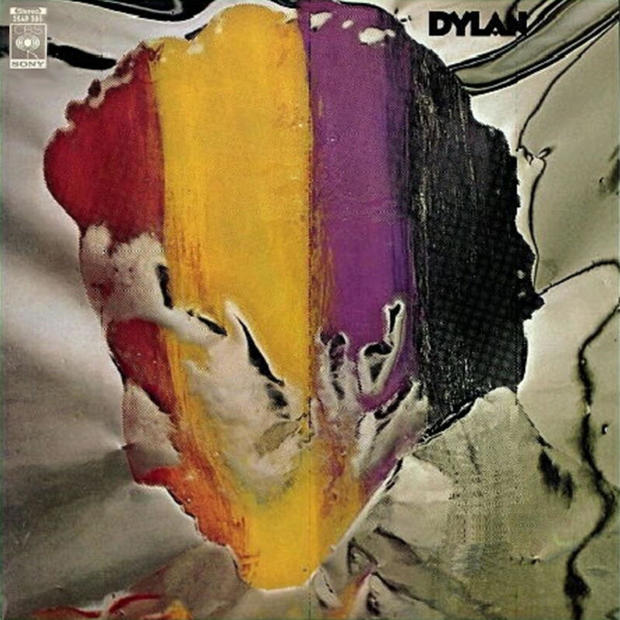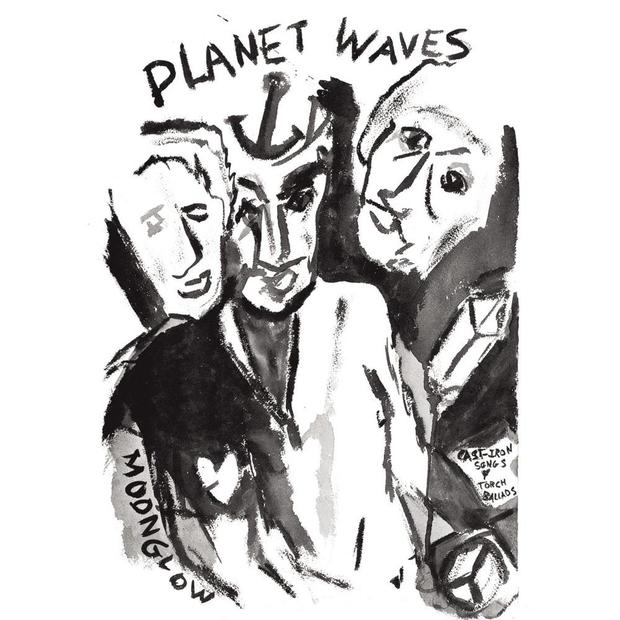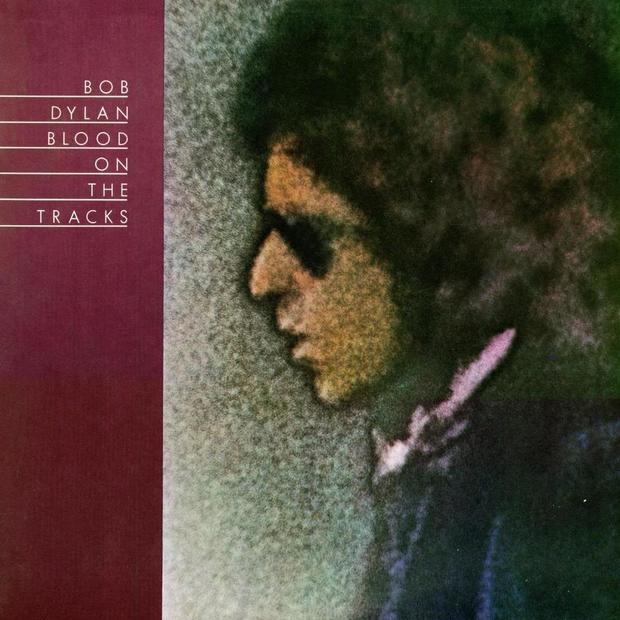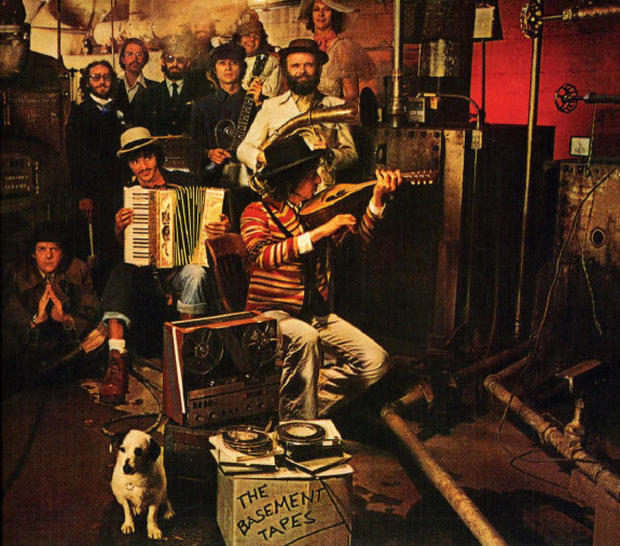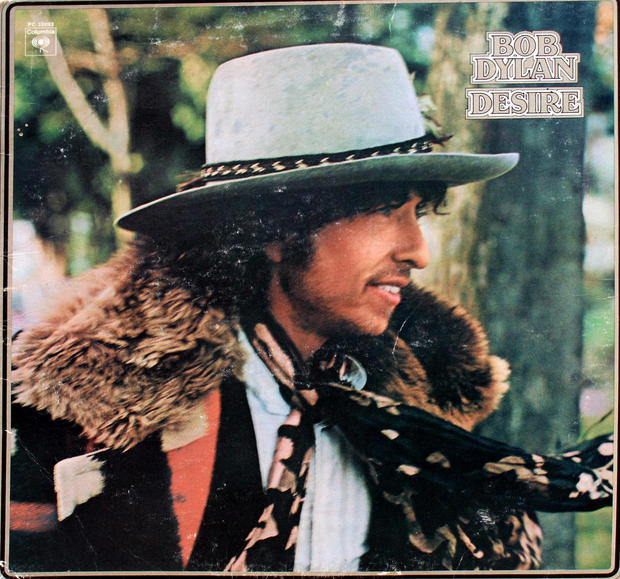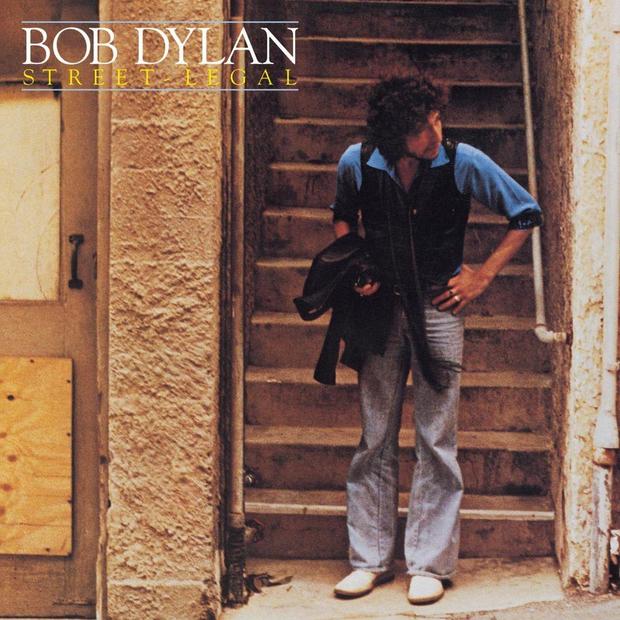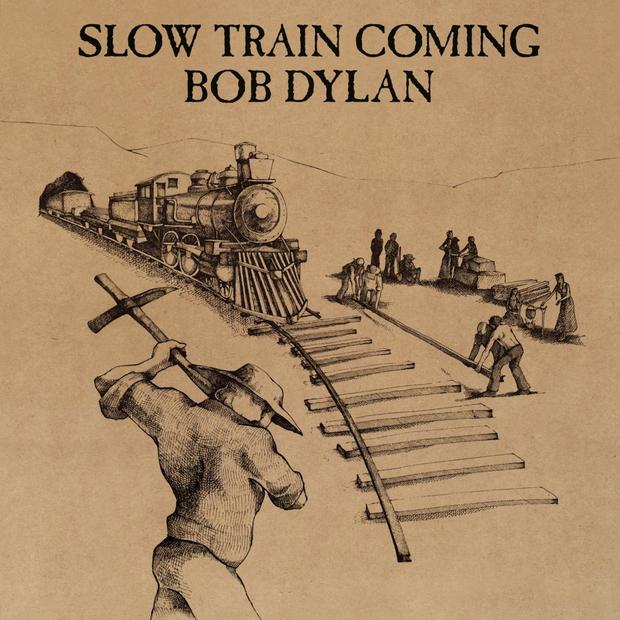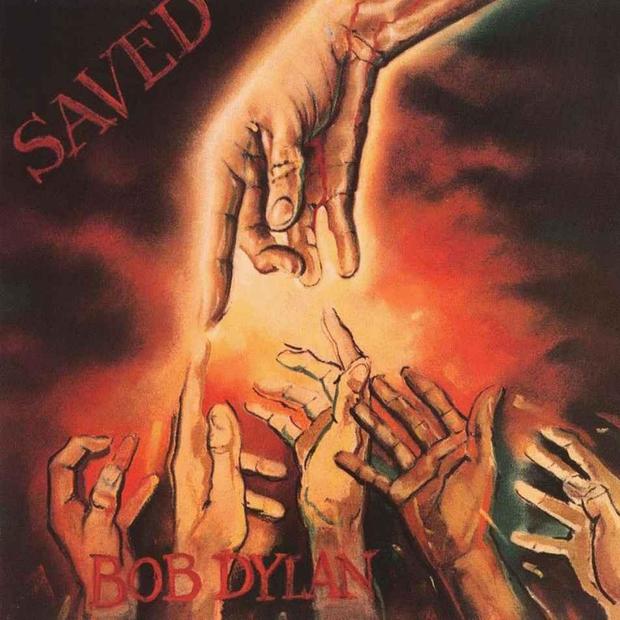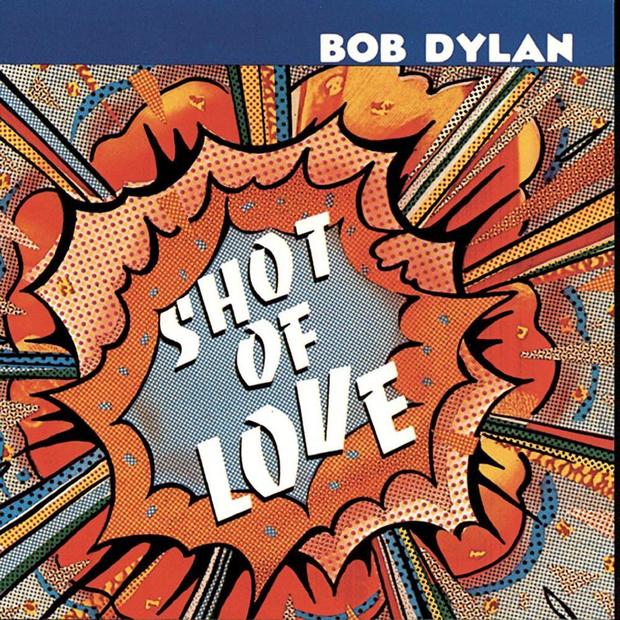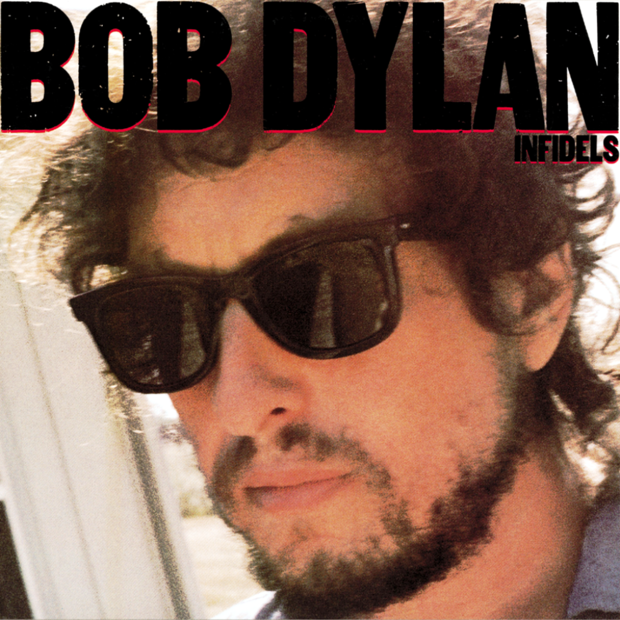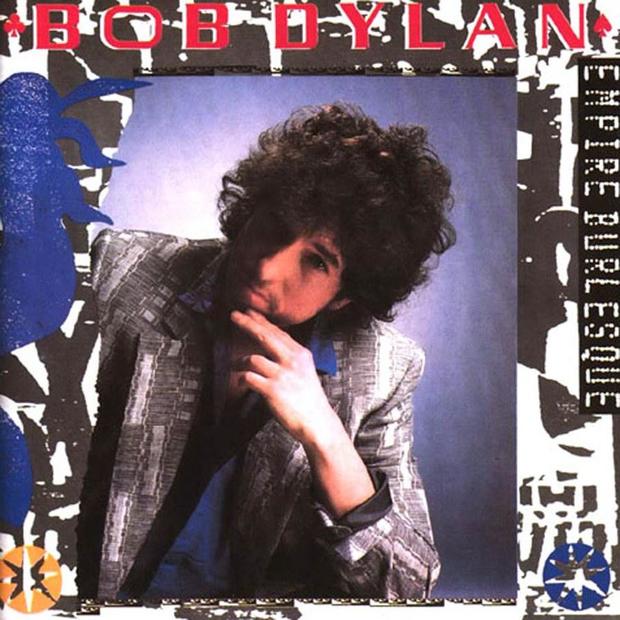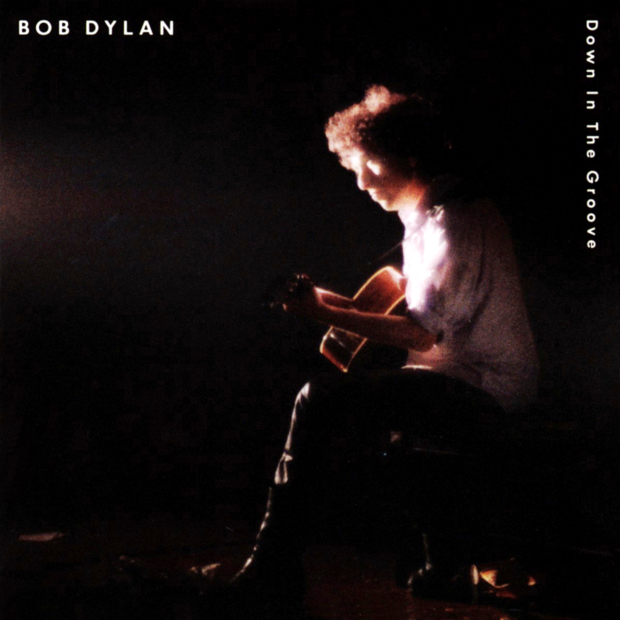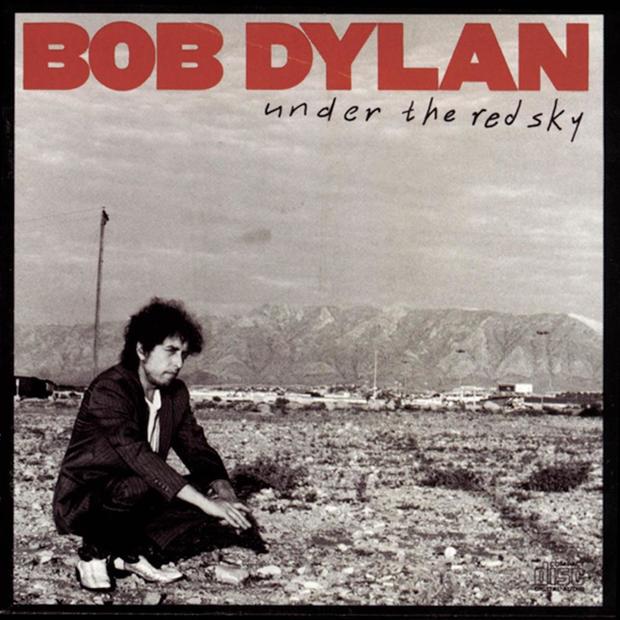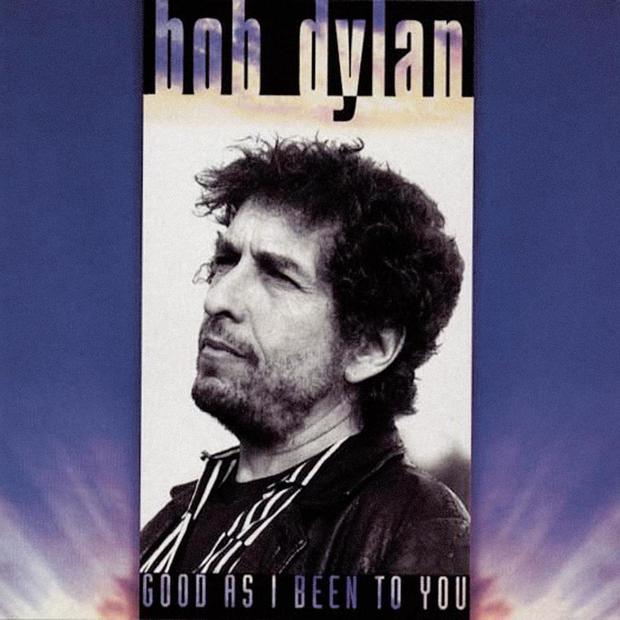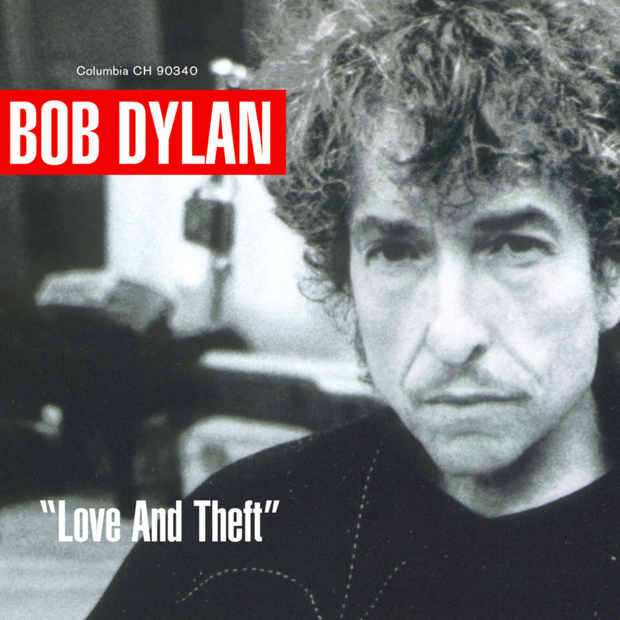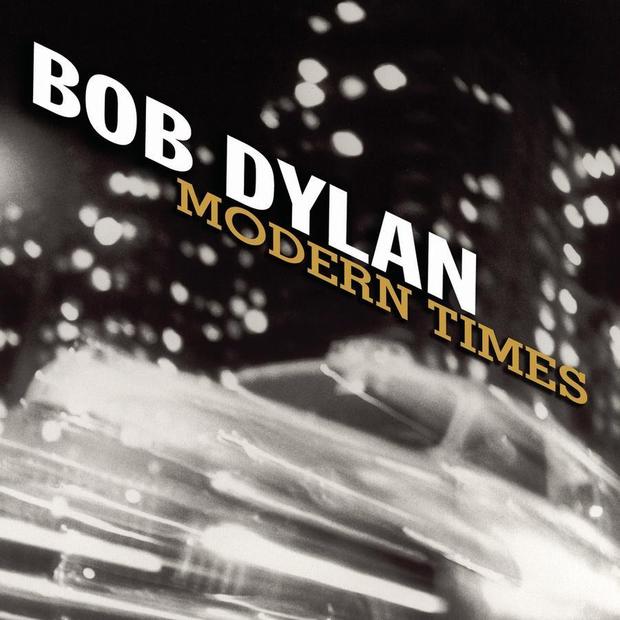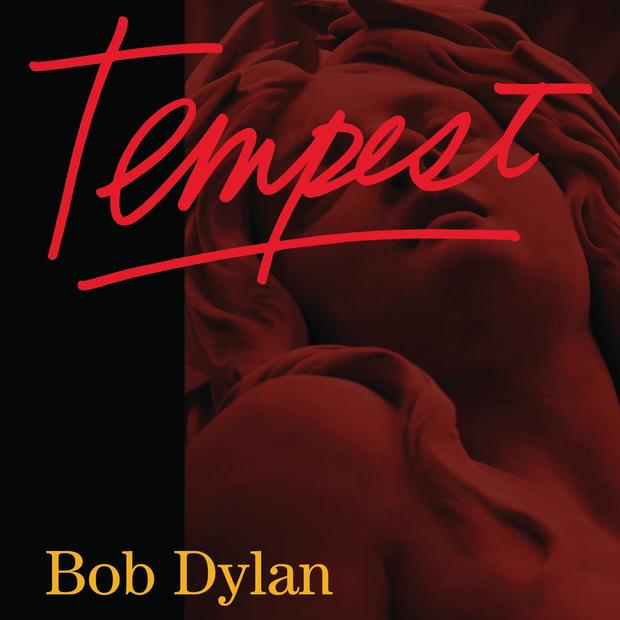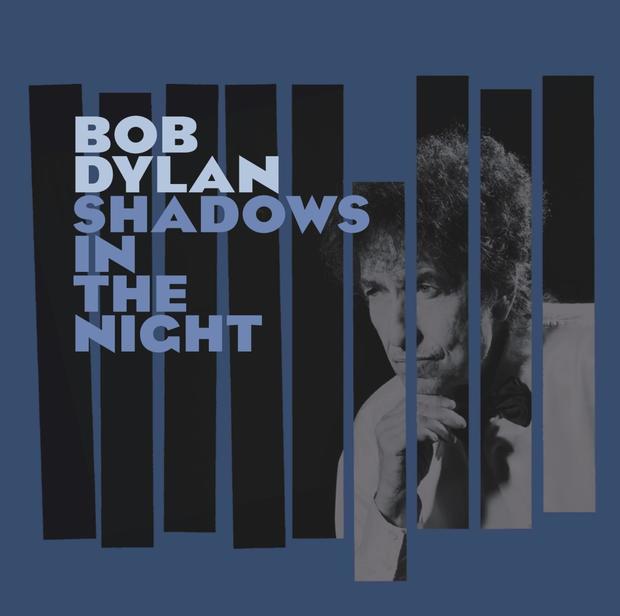Bob Dylan's career through his album covers
Before he was a Nobel laureate, Bob Dylan was one of the most prolific recording artists of all time.
Here, take a look back over his career through his eclectic array of album covers.
"Bob Dylan" (1962)
“Bob Dylan” was the singer-songwriter’s eponymous debut, featuring “House of the Rising Sun” and “Song for Woody.”
"The Freewheelin' Bob Dylan" (1963)
Dylan’s second album featured more original songs than covers, including the classic “Blowin’ in the Wind.”
"The Times They are A-Changin'" (1964)
Dylan’s third studio album was his first to feature all original material.
"Another Side of Bob Dylan" (1964)
Dylan’s fourth release drew criticism for straying from his socially conscious roots.
"Bringing It All Back Home" (1965)
Dylan further alienated folk fans with this release, one side of which featured him backed by a rock band playing electric instruments.
"Highway 61 Revisited" (1965)
Dylan’s groundbreaking sixth album solidified his new sound and included such classic tracks as “Like a Rolling Stone,” “Tom Thumb Blues” and “Desolation Row.”
"Blonde on Blonde" (1966)
Dylan’s Nashville-recorded seventh album is often considered one of the greatest rock albums of all time.
"John Wesley Harding" (1967)
This album marked Dylan’s return to acoustic music and traditional roots and included “All Along the Watchtower,” which would also become a hit for Jimi Hendrix.
"Nashville Skyline" (1969)
“Nashville Skyline” featured Dylan’s complete immersion into country music and included the ballad “Lay Lady Lay.”
"Self Portrait" (1970)
This release -- Dylan’s 10th -- was a double album that featured an array of covers and standards as well as live versions of his own material.
"New Morning" (1970)
Many fans saw this as a return to form, as Dylan ditched the country twang he’d been toying with and brought back his signature singing style for songs like “The Man in Me.”
"Pat Garrett & Billy the Kid" soundtrack (1973)
Dylan’s 12th studio album was the soundtrack to the Sam Peckinpah film “Pat Garrett & Billy the Kid,” which included the hit “Knockin’ on Heaven’s Door.” Dylan also appeared in the film.
"Dylan" (1973)
Dylan’s controversial last album with Columbia Records -- before a brief separation -- was created and released without his input and featured outtakes from two of his previous albums.
"Planet Waves" (1974)
Dylan’s first release for Asylum Records featured him backed by The Band. A tour followed soon after, his first since 1966.
"Blood on the Tracks" (1975)
The deeply personal work Dylan turned in on this album made it what many consider to be one of his best, featuring tracks like “Tangled Up in Blue,” “Meet Me in the Morning” and “Shelter from the Storm.”
"The Basement Tapes" (1975)
The songs on this album featuring Dylan’s vocals were actually recorded in 1967, eight years before the album’s release, at houses in and around Woodstock, New York, where Dylan and The Band lived.
"Desire" (1976)
Dylan’s more folk-inspired outing opened with the iconic “Hurricane,” about boxer Rubin Carter.
"Street-Legal" (1978)
“Street-Legal” marked Dylan’s first studio album to not make it into the U.S. top 10 since 1964, though it reached No. 2 in the U.K.
"Slow Train Coming" (1979)
This album was Dylan’s first work since becoming a born-again Christian, with songs that either express his faith or stress the importance of Christian teachings -- which alienated a lot of his old fans.
"Saved" (1980)
Dylan expanded his faith-based music with his 20th studio album, with added gospel arrangements to this mix.
"Shot of Love" (1981)
“Shot of Love” continued Dylan’s religious streak but added more rock influences into the mix.
"Infidels" (1983)
Dylan’s 1983 release marked his return to secular music -- and was considered a return to form as a songwriter and performer.
"Empire Burlesque" (1985)
Dylan’s 23rd studio album featured a distinct “’80s-style” aesthetic that many found tough to take.
"Knocked Out Loaded" (1986)
This often-overlooked entry into Dylan’s discography is generally considered to be some of his lesser work.
"Down in the Groove" (1988)
Dylan continued his creative and commercial slump with this album, featuring work by Dire Straits frontman Mark Knopfler.
"Oh Mercy" (1989)
Dylan’s 26th album was considered yet another return to form and gave him his best-charting work in years, reaching No. 30 on the U.S. Billboard charts.
"Under the Red Sky" (1990)
After the critical success of “Oh Mercy,” reception for this was more mixed due to its slick production and parade of guest artists like Elton John and Slash.
"Good as I Been to You" (1992)
This album featured Dylan returning to his roots, performing solo with an acoustic guitar for a collection of folk songs and covers.
"World Gone Wrong" (1993)
Dylan continued his solo folk exploration with this collection of darker material.
"Time out of Mind" (1997)
Dylan’s 30th studio album included his first original work in seven years and was considered a critical and commercial success, winning three Grammys, including Album of the Year.
"Love and Theft" (2001)
Dylan’s next release had the misfortune of being released on Sept. 11, 2001.
"Modern Times" (2006)
Dylan continued to thrive creatively with his next album five years later, which he produced under the pseudonym Jack Frost.
"Together Through Life" (2009)
Dylan’s 33rd studio album debuted at No. 1 in several countries, including the U.S. and the U.K.
"Christmas in the Heart" (2009)
For his 34th album, Dylan finally released a Christmas album, with all the proceeds going to various charities in different countries.
"Tempest" (2012)
Dylan’s 35th studio album peaked at No. 3 on the Billboard album charts.
"Shadows in the Night" (2015)
Dylan’s next effort was a major departure, featuring covers of traditional pop standards made famous by Frank Sinatra.
"Fallen Angels" (2016)
Dylan continued his tribute to Sinatra this year with a second album of cover songs popularized by the late singer.
